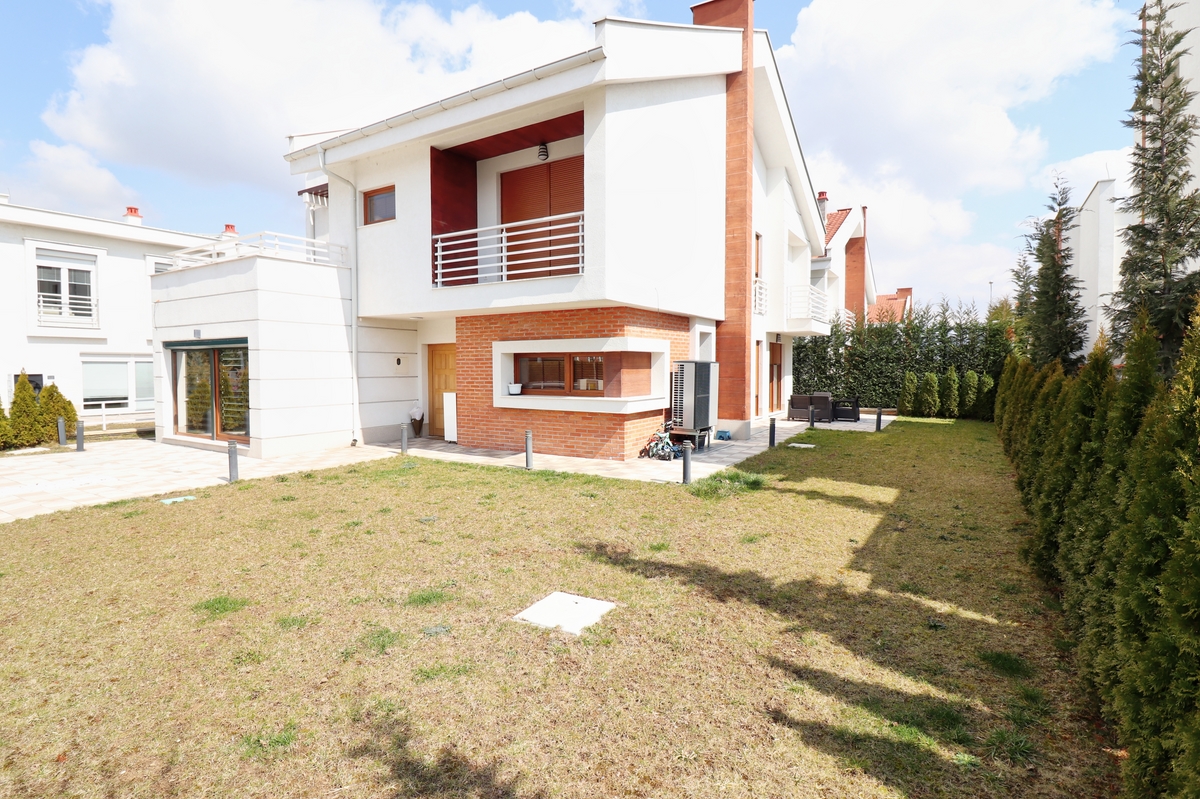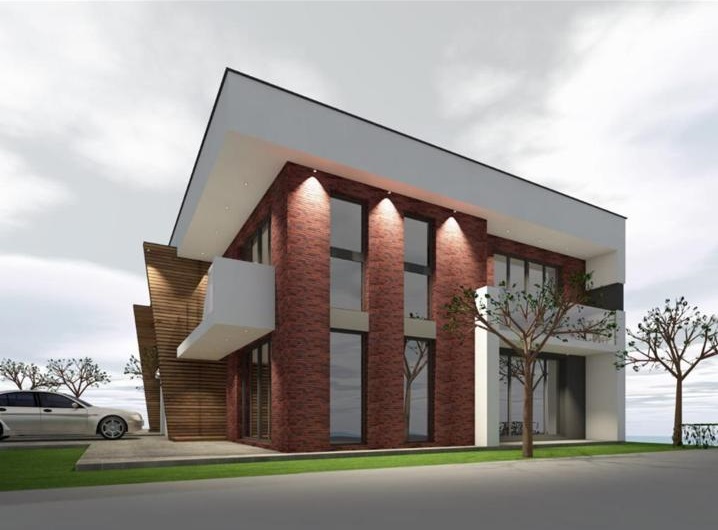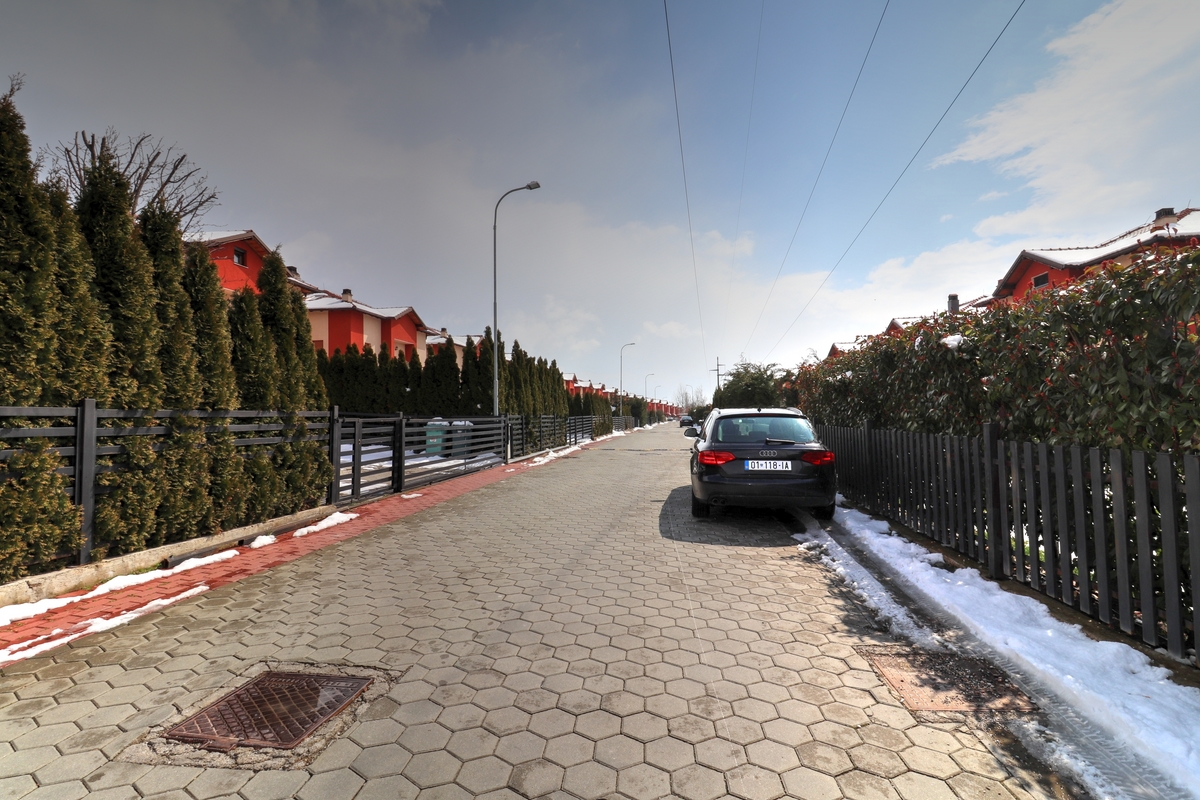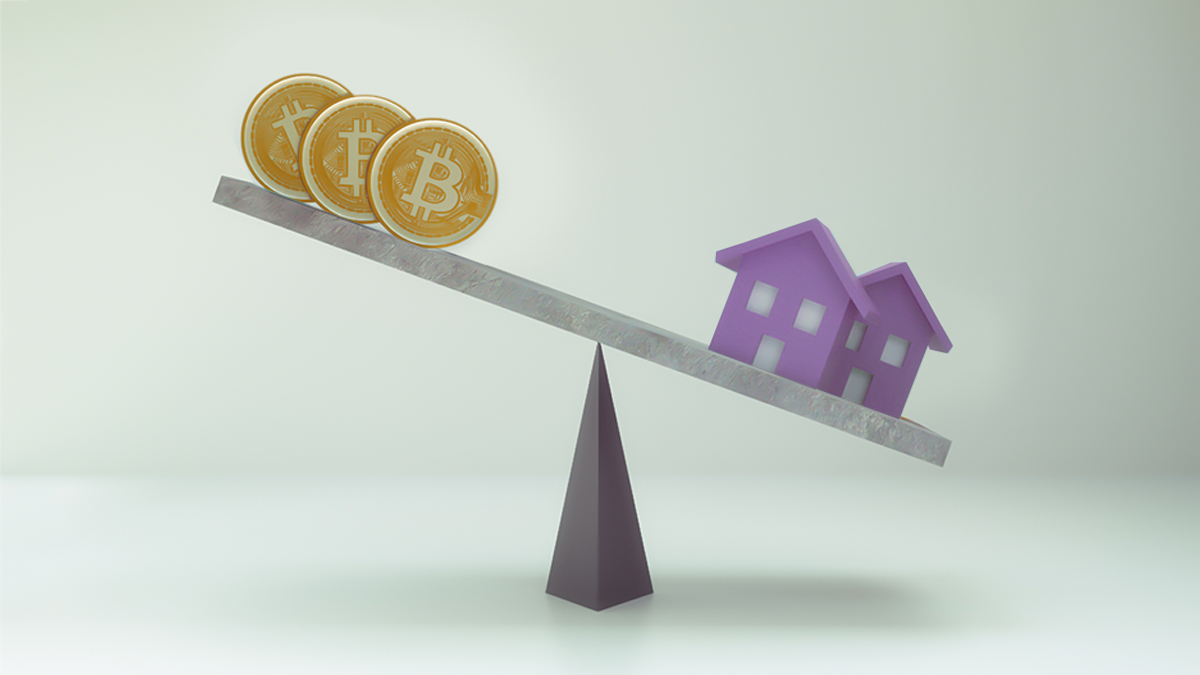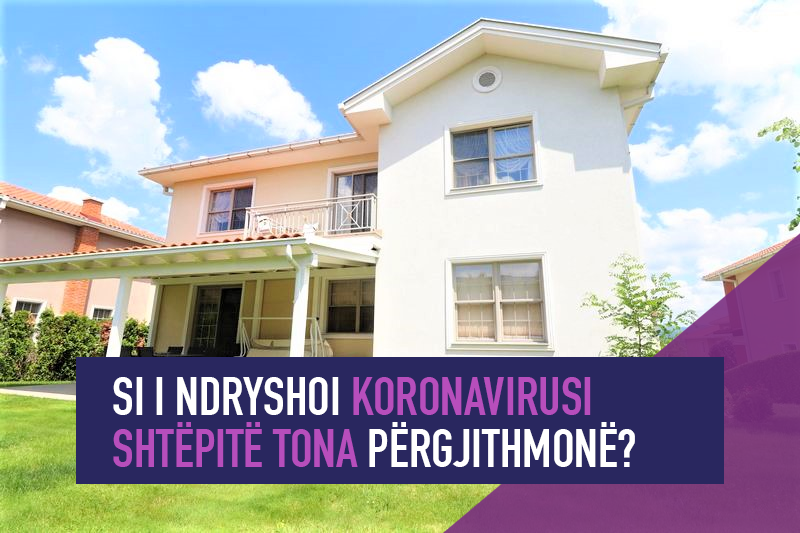
Since the start of the COVID-19 pandemic, our homes have served as makeshift workplaces, schools, gyms and bars. Many of us are spending more time on them than ever before.
People often choose to buy or rent their particular home because of its location - perhaps it's close to good schools or close to work. This means that people often invest in more expensive homes in places with access to quality amenities and then adapt them to accommodate their daily life activities.
This article examines adaptations ranging from loft extensions and conversions, to the installation of renewable technologies and retrofits. Many homeowners see their homes in good areas as financial assets that they can turn into cash later. For this reason, renewable and energy efficiency measures are often not included in adaptations, due to uncertainties of how they will be valued when the time comes to sell them.
House for sale in Marigona Residence (click the picture to see the offer)
But with fewer people traveling and more people working from home, where people choose to live and how they want their homes to function may change after this extended period of lockdown.
There has already been research showing that many people may want to escape city life and move to the countryside for more space.
It is possible that for many families, this period has brought to light that when everyone is at home at the same time, it can be difficult to find personal space.
A popular trend in recent years has been open plan home living. This often involves opening up several rooms on the first floor to create a single, open plan, multi-functional space – typically a kitchen, dining room, living room and workspace. These open-plan areas usually work on the premise that either parent can work from home occupying a space during the day, before the family joins in to socialize in the evening.
House for sale, Qendresa neighborhood (click on the photo to see the offer)
However, this relies on a 'phase' model of occupation, with different family members occupying the home at different times of the day. This is very different from the "contemporary" model of occupation - where all family members occupy the house at the same time - and this has become very common during the lockdown.
House for sale in the NIC neighborhood (click the picture to see the offer)
Being able to supervise children while working can be beneficial for some. But for others, the lack of privacy afforded by these large, open-plan spaces has undoubtedly presented challenges. Especially when, for example, you may want a quiet corner in which to hold remote meetings.
It is possible that changes in usual commuting or daily habits may also induce a substantial change in what people perceive as advantageous features at home.
People who work from home regularly use their heating a lot more to maintain a comfortable working environment. So an increase in the volume of working from home could see a wider preoccupation with thermal comfort and energy efficiency in their homes.
House for sale in Taslixhe (click the photo to see the offer)
Working from home can also bring the environment into consideration, and this relates to workplace productivity, indoor air quality, noise pollution and visual comfort are just a few things that affect the adaptation of the home workplace. This could lead to homeowners investing in measures such as triple glazing or high performance windows, increased insulation and protection from light projection - which would also lead to reduced CO2 emissions.
Research shows that for children, a comfortable private space to study away from common areas of the home increases their educational achievement.
A growing interest in exercise and health may also force many people to adapt their environments so that they have access to parks or have a yard at home.
Food shortages in supermarkets at the start of the lockdown have also resulted in a renewed interest in self-sufficiency, which may continue long after the lockdown. This could lead to gardens being used to grow food, which would ultimately lead to a reduction in costs. This may even lead to more people becoming interested in producing their own energy at home using solar panels or other renewable sources.
House for sale in the NIC neighborhood (click the picture to see the offer)
There may also be increased demand for new housing, especially as the design of new homes responds to the new realities of schooling and working at home, as well as a healthier, more self-sufficient lifestyle.
The experience of lockdown will undoubtedly have a lasting effect on all of us. And many will be rethinking the kind of life they want to live post-pandemic, along with the role their homes can play in that.


